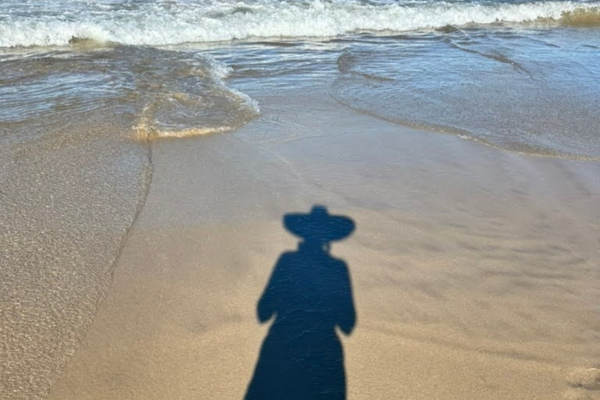WALK in Winter
It’s winter. Not just any kind of winter, but January, a month that stings all the way through. 5 am is harder today than it was yesterday. My muscles are strung tightly, and my eyes are still filled with sleep. Silenced by the snow, the world can only gesture a “good morning,” which it does with a single brown bird.
Walking Into Wholeness: A 13-Year Promise
As a child, I was quite free-range. Then, like many adults, I lost touch with it. My life back then was wonderful and average. I was happy, but I wasn’t whole. But if I didn’t do something, I knew the part of me that was missing would be gone forever.
WALK in the Woods
I found something in the forest that I once lost. It was hanging on spider silk and dripping with the sun. It was tucked into the palm of a young leaf. It was a secret shared between birds that somehow, I understood perfectly. Urgently. I walked and I walked. Impossibly, I understood more and deeper.
WALK on the Beach
I’ve come here troubled and desperate; I’ve come brimming with joy. I have come searching intensely for things I can’t name, and on days when I’ve wanted for nothing. The ocean has never given me bad advice. “Keep going,” it says as it reaches for my ankles and turns eleven new kinds of blue in the distance, “Keep on.”
Lost and Found
I found something in the forest that I once lost.
It was hanging on spider silk and dripping with the sun.
It was tucked into the palm of a young leaf.
It was a secret shared between birds that somehow, I understood perfectly. Urgently.




